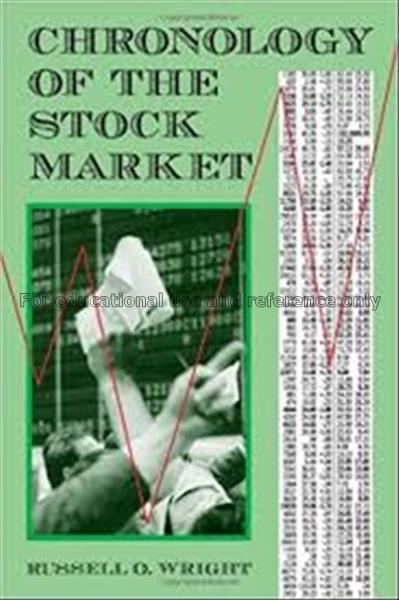Chronology of the stock market / Russell O. Wright
Author : Wright, Russell

On May 17, 1792, a group of 24 U.S. merchant-brokers established a formal operation for trading securities (mostly bonds issued by Alexander Hamilton to raise money to redeem the paper money the Continental Congress printed to finance the Revolutionary War). The pact was called the Buttonwood Agreement (it was supposedly signed under a large buttonwood tree, a rarity in New York since the British had burned most of the trees during the war). On March 8, 1817, the turmoil of the War of 1812 led the signers of the Buttonwood Agreement to join with other traders to form the New York Stock & Exchange Board, which rented rooms at 40 Wall Street. This chronology covers early trading and the evolution of the stock exchange in the United States, the establishment of various market indexes and the development of market regulation, and reveals how the market was affected by historical events. Much attention is given to the New York Stock Exchange, since for most of its existence it has been much bigger than all other stock exchanges combined. Also included are appendices that cover such topics as basic investment risk, high growth from fixed rates, long term stock market drops, evaluating stocks, the dot.com phenomenon, market indexes, and axioms about the stock market
Related Book